
“Why would not Uzhhorod become Ukrainian Bilbao?”, Viktor Sydorenko
2017

What is the contemporary art? How to perceive and understand it? Why is Transcarpathia rich in art talents and how to transform a small Uzhhorod into the art centre of Ukraine? Responses to these questions are offered by Viktor Sydorenko - People's Artist of Ukraine, professor, academician, founder of the Modern Art Research Institute of the National Academy of Arts of Ukraine. He was the jury president of the 3rd Student Contest in Painting "Silver Easel". And, in his busy schedule he found time for an interview with the "Art Space" programme on "Tysa-1" TV channel. The conversation turned out to be rich and interesting.
"It is necessary to promote this contest"
– Mr. Sydorenko, you visited Uzhhorod in the framework of the Open Student Contest in Painting "Silver Easel". Please, tell us your impressions about the event?
– I have visited this contest for the first time. I am very pleased. I saw and felt a creative atmosphere here: the participants create, improvise, and communicate. The latter is very important. After all, students can paint in their academies, but it is possible to exchange thoughts, impressions, and experience that promotes creative growth right at such events.
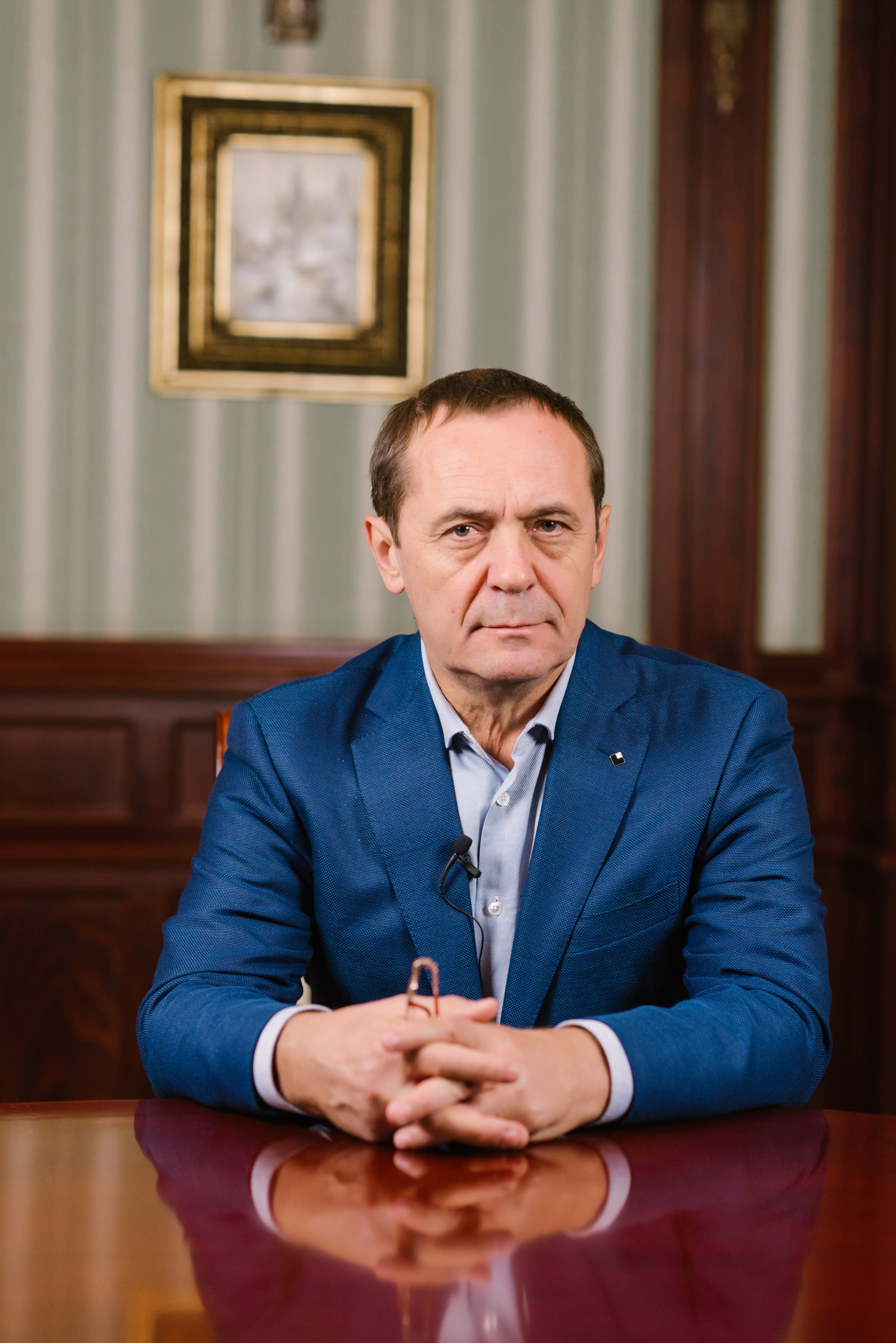 – You are the president of the contest Jury. How did you select the works? What did you focus on?
– You are the president of the contest Jury. How did you select the works? What did you focus on?
– It was difficult. Contemporary art is textual. It must necessarily tell about what the author have done. The system of evaluation at "Silver Easel" is quite honest. No one knew the author of a work before the announcement of results. But, I would like, of course, to talk to all the authors. As in happens that the idea is interesting, but the performance – not very much. Therefore, as for me, it is necessary to promote this contest, perhaps, to follow the path of "pop music", as in the TV programme "Voice of the Country", where one communicates with a singer, learns his motives. In general, I note that a person is very important to artist in the contemporary art – sometimes it is more important than what he creates. Therefore, contemporary art is the life of the artist with whom we want to communicate. When someone buys that work, he buys its aura and wants it to be present in his life.
– What do you want to wish young artists from your life experience?
– Do not pay attention to anything, but listen to yourself. This is the first thing. Sometimes years pass, nobody pays attention to you, but if you have an interesting idea, work on it. Embody it if you want to prove something to humanity. And you will be understood!

"It's good that there is the Brovdi family, which allows young artists to get on their feet!"
– Tell a little about yourself. Your childhood passed in Kazakhstan, how did you get there? It was there that the desire to become an artist matured?
– I will start with the fact that my mother - polka, my father – the former kulak. Because of Stalin's regime they went to Kazakhstan, where they met. Thus, I did my first creative steps in this country. Although there were no special opportunities: I was born in the mountainous area, next to the desert. In general, my creative career began with photography. When I was 10 years old, my brother presented the "Vesna" camera, and then I learned to take pictures. I still keep these photos. Therefore, in my work there is a combination of painting, video, photo and sculpture. I'm not afraid to switch to some new techniques. The main thing is that it helps bring the idea to the viewer.
– You started your creative path in the days of the Soviet Union: what was the life of a young artist then?
– Those days, of course, the Communist Party was decisive and influenced creativity. There was no such freedom as today. For example, now in the framework of "Silver Easel" there is a contest stage "Improvisation" and young artists paint what they want. Nothing of the kind could happen before: they helped only those artists who involved the party in the ideological paradigm, and only in such a way there was an opportunity to develop somehow. It's easier now. But in financial terms – it was difficult then and now. And, on the example of Transcarpathia, it is very good that there is the Brovdi family, which allows young artists to stand on their feet. It is in youth that this creative "leaven" is formed, and if young people don’t get an appropriate impetus, then there won’t be an artist in the future.
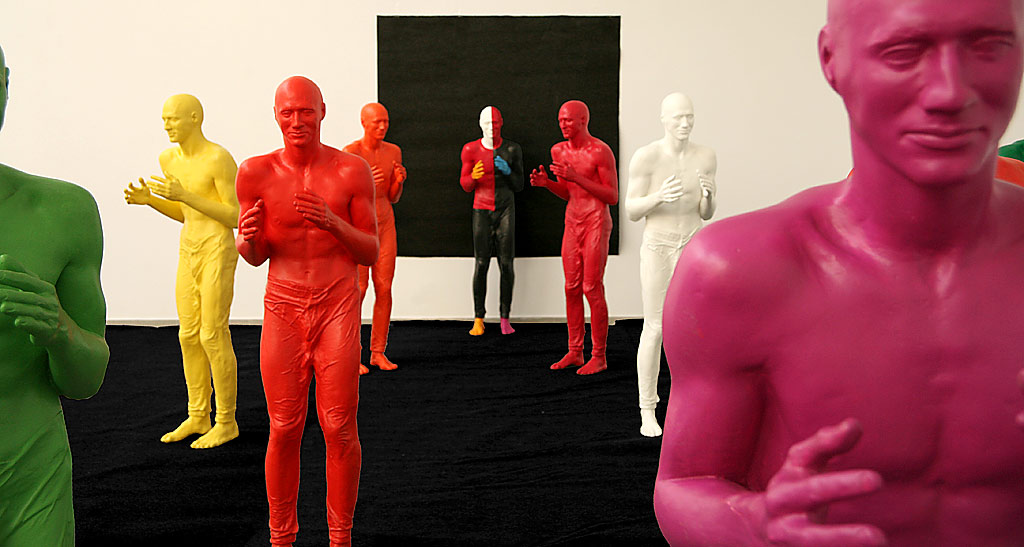
– And when did you understand that you became a true artist?
– The artists always think that the best things are still ahead. It doesn’t happen that you have already said your word and stopped. I do not believe in it. I think that I belong to such artists whose main masterpieces are still ahead.
– What do you think is your main creative achievement at this moment?
– There is a project devoted to my "transitive character" - a sculpture of a semi-naked man in white pants. It is an image that moves from the totalitarian to free society. Transitivity of a person is, on the one hand, a compulsory action, and on the other hand, a normal phenomenon. As a person is constantly formed, looking for his ways. This project is presented both at the studio and exhibitions – in Paris, Amsterdam, New York, Washington ...
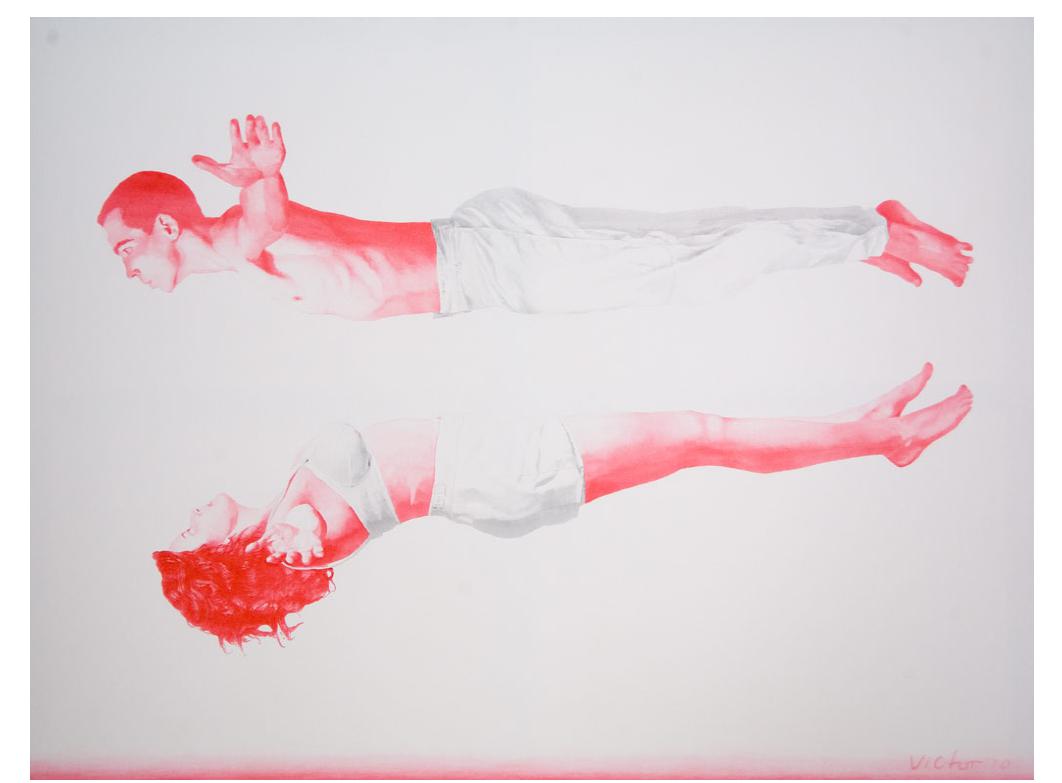
– What inspires you to create? Where do you get ideas from?
– I like theatre, cinema, reading books, and thus I take ideas for my creativity. At an early stage, artists go to the museum, watch the works of other artists. It is not interesting to me any more, therefore, I use parallel arts.
– In your opinion, should the artist be born or one can learn to be an artist?
– Contemporary art is different from the painting that was before. Everything is easier in contemporary art: you cannot be born an artist, but you can become a talented designer, architect, even a philosopher. You can promote your idea, if you have talent. Contemporary art provides great opportunities.
" Transcarpathia has always had, and will have, a great art potential"
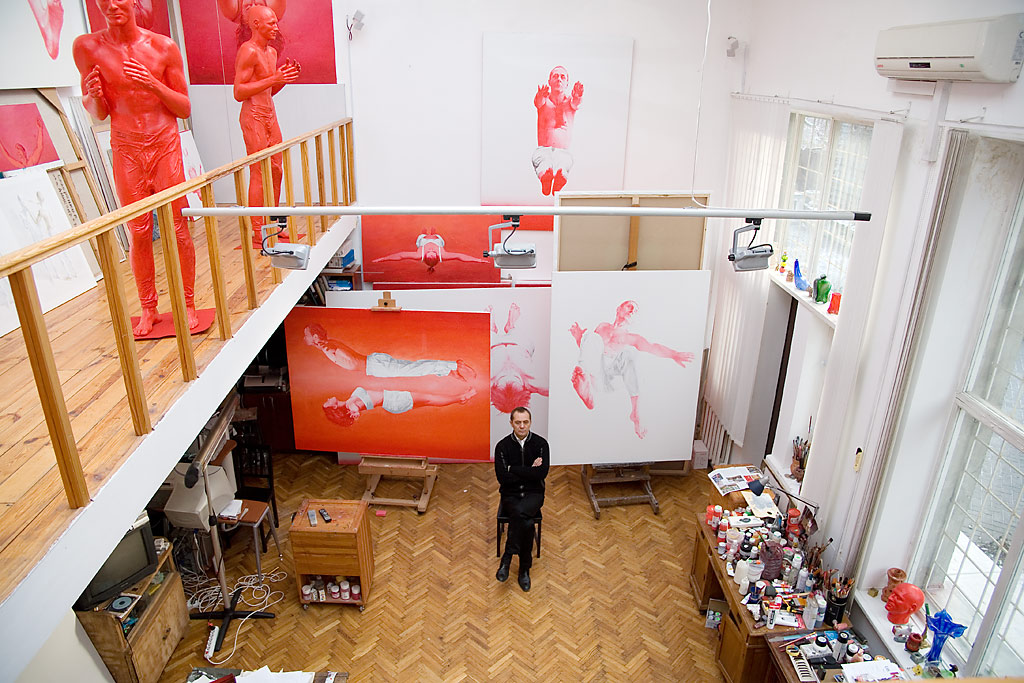
– You are the founder of the Modern Art Research Institute under National Academy of Arts of Ukraine. What, in your opinion, are the main problems of contemporary art?
– We established the institute in 2001 on the basis of the National Academy of Arts. It is a scientific institution, but there is also an exhibition hall that serves as a laboratory: first we demonstrate the works, then discuss them. People write their scientific works. We have more than 114 publications on the contemporary art, modern, avant-garde of the 20-21 centuries. In fact, there are a lot of problems in contemporary art in Ukraine, let alone the fact that we do not have modern education - it is the Soviet one, and this is our first problem. But, in the framework of the Institute we try to give the corresponding advice, to form a vision of how modern art should develop. Moreover, in order to research and study the whole complex of contemporary art in an institutional way, there should be a museum of contemporary art, research institutes, and galleries. Therefore, our institute is currently the only link in the system of contemporary art to be developed in Ukraine. By the way, it is planned to open a museum of contemporary art in Uzhhorod, and it is encouraging.
– How can you characterize the art life of Uzhhorod? What are the city prospects?
– The Transcarpathian School of Painting is one of the most powerful in Ukraine. Everyone knows Bokshai, Erdeli, Mykyta. A lot of artists are honoured in national art circles. And the regional organization of the Union of Artists here is very powerful. Interestingly, art is developing here, despite the fact that leading art academies are far away – in Lviv, Kyiv, Kharkiv .... Sure, there is the Transcarpathian Academy of Arts, but it was established not so long ago. Where the Academy is, so that’s where a conglomerate of artists, who create rich environment, develops. The more artists, the higher probability another one genius. Therefore, Transcarpathia has always had, and will have, a great art potential.
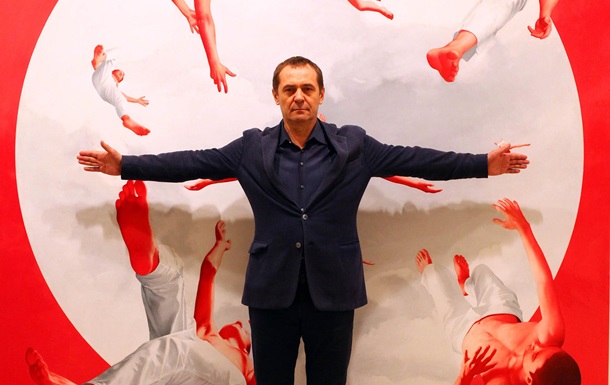
– You travel a lot, communicate with well-known artists. What shall we learn from them?
– We need galleries where an artist can exhibit his works and sell them. We need centres of contemporary art where you can demonstrate and discuss projects that are not commercial, but necessary for art. It will push art forward.
And, we also need art dealers who will promote everything to the West. In Ukraine, all this works only half of the potential opportunities. The fact that the Brovdi family gathered the artists from Denmark, Great Britain, as well as leading artists of Ukraine at "Silver Easel" is extremely nice! Because we all are going and thinking about how to integrate Ukrainian contemporary art into Europe, into the world.
Incidentally, there is an interesting experience similar to Spain: there is such a small town as Bilbao. When the Guggenheim Museum was built there, people from all over the world came to see it. And, this filled the budget of the city essentially, gave impetus to development. Or the example of Italy: the main art event of Europe - the Venice Biennale - is not in Rome, but in Venice. Or one more: the world's design centre is Milan. We have everything concentrating in Kyiv now, not in other cities. So why not repeating the Bilbao's example in Uzhhorod? There is the Brovdi family who already embodies this idea. And, this can give a huge positive result for the whole region!
Stay up to date with art events, subscribe
